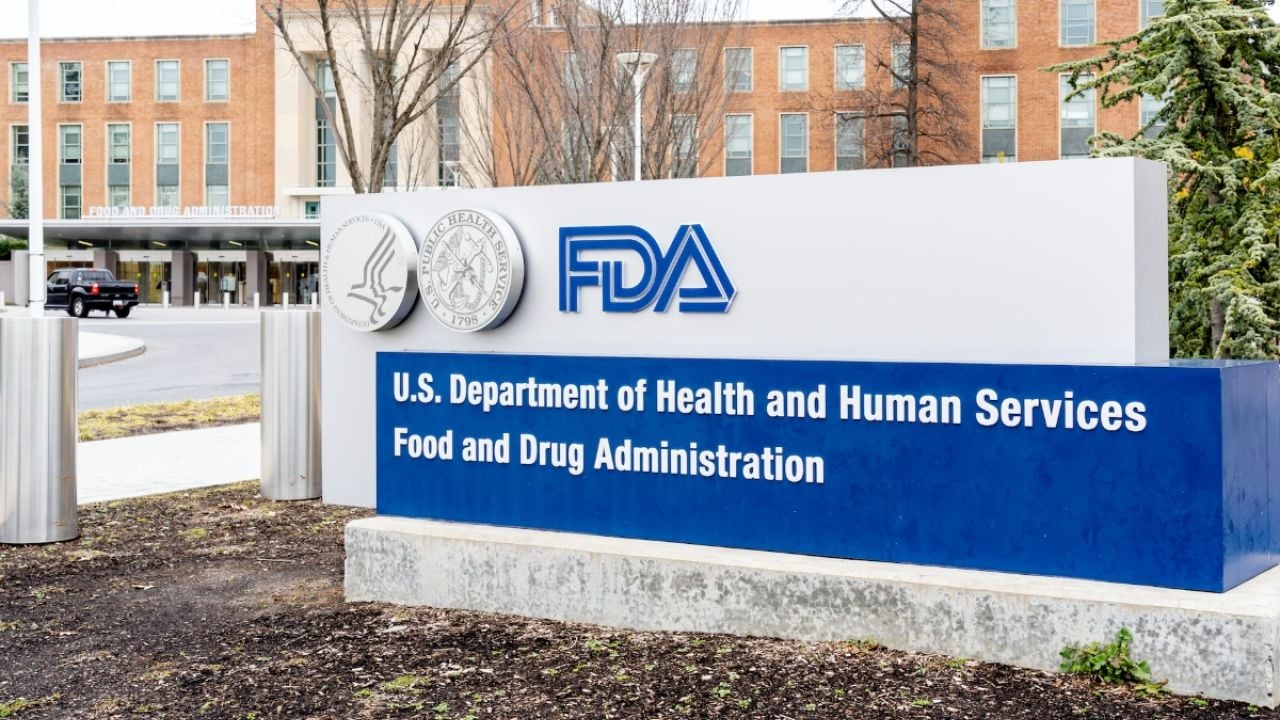
Last week, the Food and Drug Administration finally said it would heed calls from EWG and other top advocacy groups seeking to limit the use of bisphenol A, or BPA, in food packaging, an urgent need, given alarming new data about the chemical’s harm.
In early April, the groups, led by the Environmental Defense Fund and renowned BPA researcher Maricel Maffini, resubmitted a formal petition to the FDA asking it to restrict use of the chemical. The agency rejected the coalition’s first petition, submitted in January.
Now the coalition says new findings from the European Food Safety Authority, or EFSA – the European Union equivalent of the FDA – strengthen the warnings about BPA risks.
Rejecting the first petition, the FDA said it relied on a draft EFSA opinion, not a finalized scientific evaluation. With the new petition and EFSA’s background studies and data, the agency couldn’t use that excuse again. And under FDA regulation, it was required to formally respond to the petition within 180 days of the filing.
In response to the second petition, the FDA announced that it would reconsider the safety of using BPA in a host of materials that contact food, such as metal can coatings.
BPA is a potent endocrine disruptor and a reproductive and developmental toxicant. In December, EFSA proposed a new dietary safety limit – how much BPA a person can ingest over a lifetime without being harmed – that is 100,000 times lower than its previous limit, and 1.25 million times lower than the FDA’s equivalent threshold for harm.
EFSA reviewed new data showing minute doses of the chemical were harmful, particularly to the immune system. Its newest standard, if implemented, would ensure that BPA couldn’t be used as an indirect food additive – a substance that comes into contact with food or drink through packaging or other handling.
The coalition’s second petition echoes EFSA’s findings. It urges the FDA to abandon its approval of BPA for use in adhesives and coatings, and to significantly restrict the amount allowed to migrate from other food packaging and processing equipment.
EFSA takes another look at BPA
The revised petition will force the FDA to respond to the December EFSA findings with the new scientific opinion and proposed rule reevaluating risks posed by consumption of BPA in food. EFSA concluded there is no longer a reasonable certainty of safety with dietary exposure.
EFSA set a tolerable daily intake of 0.04 nanograms of BPA per kilogram of body weight per day – much lower than the previous amount of 4 micrograms per kilo of body weight. One nanogram per kilogram of body weight is equivalent to one ounce of water in 7.5 billion gallons.
EFSA reviewed newly available studies and raw data from 2013 to 2018, including findings from the Consortium Linking Academic and Regulatory Insights on BPA Toxicity, a program initiated by the FDA and academic researchers to assess potential health effects from BPA exposure.
Will the FDA heed new warnings?
In 1988, the U.S. set an acceptable daily intake for how much BPA someone can ingest in a lifetime without any health harms, of 50 micrograms per kilogram of body weight per day.
In 2014, the FDA then established an estimated daily intake – effectively, the estimate of our presumed daily BPA exposure – of 500 nanograms per kilogram of body weight per day for people age 2 and older. Comparing the estimated daily intake against the EFSA safety limit, we suggest the average American is exposed to BPA levels more than 12,000 times higher than what EFSA now proposes is safe.
The petition the advocacy groups refiled, including EFSA findings, highlights many health harms from BPA exposure, including adverse impacts to immune response, sperm and ovarian function, and learning and memory. These effects were observed in animals dosed with levels of BPA below what the FDA estimates is the daily intake level.
Biomonitoring studies routinely show BPA pollutes the bodies of nearly all of us. Before EFSA’s findings, there was already definitive evidence to support BPA’s role in hormone disruption and reproductive and developmental toxicity. There’s also strong evidence linking it to metabolic and cardiovascular harm, cancer, asthma, childhood wheezing and impaired immune function.
The FDA has long dragged its feet on BPA by relying on flawed, outdated science and leaning heavily on industry-funded research while ignoring newer scientific methods and data.
BPA approaching zero in food can coatings but lingers
BPA is becoming less common as an additive in food cans but does appear occasionally. In 2020, an industry survey showed the chemical’s presence in can linings is “approaching zero.”
But a new report published by the Campaign for Healthier Solutions and the Ecology Center Healthy Stuff lab indicates discount stores may lag slightly behind national grocers in phasing out BPA-based cans. The total number of cans testing positive for BPA linings is unclear, but at least 9 percent of cans in the new study contain BPA.
Call on the FDA to swiftly conclude its reassessment
While EWG waits on the FDA’s formal review of the data in our petition, you can help the fight against BPA. Send a tweet using the hashtag #ToxicFreeFoodFDA to call on the agency to decide without delay about the safety of BPA in food contact applications.
And there are steps you can take to limit your exposure to BPA and replacement chemicals that are hazardous to human health or the environment, including polyesters and acrylic and polyvinyl chloride–based resins.
- If you can’t swap fresh, frozen or dried foods for canned, contact the canned food manufacturer to ask whether it still uses BPA. If not, ask for details about the replacement and when the switch occurred. (If the switch is recent, the cans still available on store shelves may contain BPA.)
- Limit packaged and processed foods, if you can. BPA may be found in various tins, jar and bottle lids, aerosol cans and aluminum beverage cans.
- In California, look for Proposition 65 warnings on food labels or store shelves for products that may contain BPA at concentrations above a “safe harbor level.”
- Use caution around reusable polycarbonate plastics. Some large water cooler bottles and hard plastic food storage containers may harbor the chemical.



